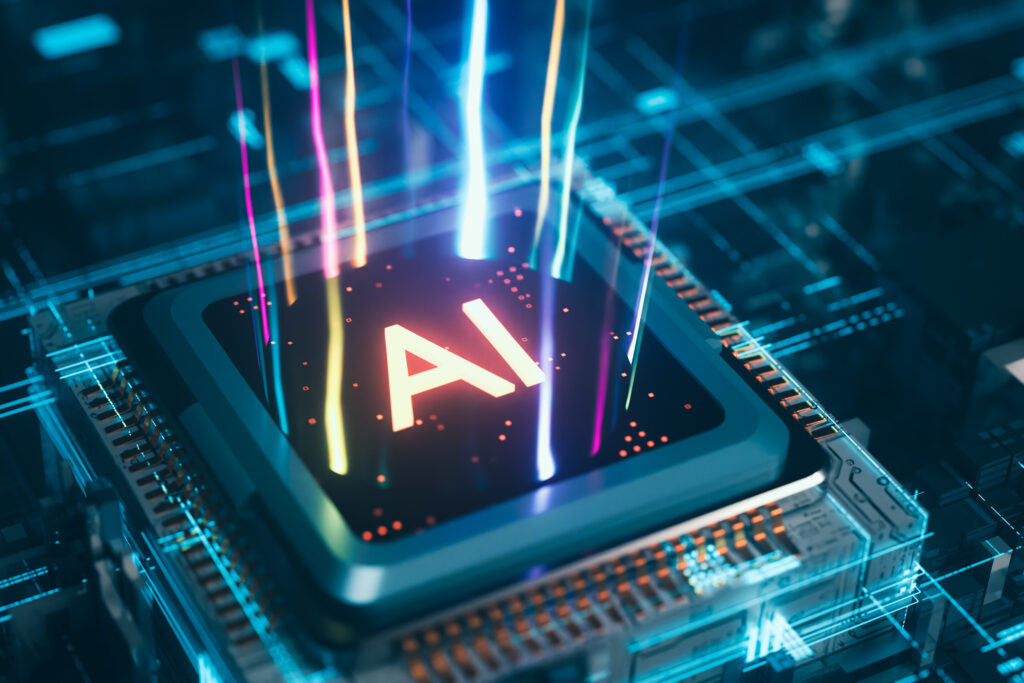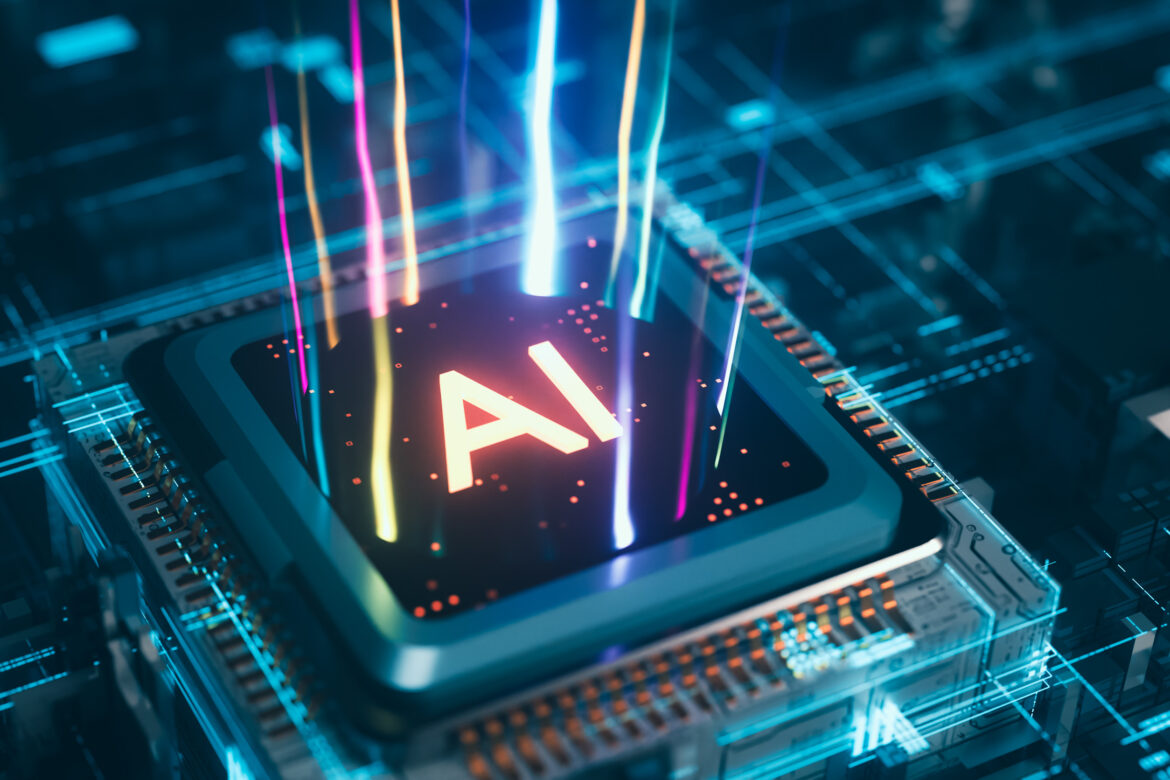Table of Contents

The humble semiconductor has come a long way. From the very first computers, to the development of microprocessors, to the mobile revolution, the semiconductor has been the cornerstone of technological achievements over the past century. Now, we’re headed into a new era of semiconductor innovation – one focused on AI. There’s so much innovation and improvement that we’ve decided to round up the most important AI semiconductor news into a daily newsletter.
Today’s news puts focus on all aspects of AI semiconductors – and where they might be most useful. For starters, a breakthrough in nanoribbon transistors seems to dispel premature Moore’s Law death announcements. Simultaneously, Amkor, the largest OSAT headquartered in the U.S., has finally broken ground on what has become a $7 billion investment into a new Arizona-based packaging and testing facility – ballooning from the original $2 billion investment announced in 2023. And, there’s a big focus on edge AI too, through Qualcomm’s acquisition of DIY electronics platform Arduino. You can find all the most important AI semiconductor news below.
Top Stories
OpenAI cozies up with AMD to deploy 6GW of AMD GPUs
Before diving into any of the technological breakthroughs, it’s worth quickly summarizing the OpenAI-AMD partnership. The multi-year deal will span multiple generations of AMD GPUs, and result in the deployment of 6 gigawatts of AMD GPUs, starting with a 1 gigawatt of AMD Instinct MI450 GPUs, to be deployed in the second half of 2026. As part of the deal, AMD has issued OpenAI a warrant of up to 160 million AMD shares, set to vest as milestones are achieved.
There are clear parallels between the new deal and a similar one that OpenAI and NVIDIA announced late last month. The NVIDIA deal was larger, with OpenAI committing to deploying at least 10 gigawatts of AI data centers with NVIDIA GPUs, but is also set to begin with 1 gigawatt of deployment in the second half of 2026. Still, the new deal is a clear vote of confidence by OpenAI in AMD, especially in a world considered to be dominated by NVIDIA. And, both deals give OpenAI plenty of runway to begin mass-producing its own chips, which are reported to begin production of in 2026, in partnership with Broadcom.
Nanoribbon transistor breakthroughs suggest Moore’s Law isn’t quite dead yet
Moore’s Law may not be quite dead yet, despite the many obituaries written for it. While much attention has shifted toward alternative power-scaling methods like advanced packaging, there’s still room for transistor-level innovation. A new technical paper from researchers at Stanford University, HORIBA Scientific, and SLAC National Accelerator Laboratory highlights new fabrication methods for molybdenum disulfide (MoS₂) nanoribbon transistors – which have long been difficult to make uniformly at such small scales due to edge degradation and current leakage. The team found ways around these challenges using anchored contacts to stabilize the single-atom-thick 2D material, improving yield by up to 90%, and applying litho-etch-litho-etch (LELE) techniques to carve nanoribbons only ~25nm wide. They also used tip-enhanced photoluminescence and electron microscopy to refine the cutting process without damaging edges and demonstrated CMOS compatibility, paving the way for easier integration into existing manufacturing flows.
While not necessarily AI-specific, these new fabrication techniques could still play a pivotal role in future semiconductor performance gains—beyond what packaging alone can deliver. By improving the base transistor layers that make up the chiplets in 2.5D and 3D architectures, innovations like this could help push compute performance even further and keep Moore’s Law alive a little longer.
AI Semiconductors: What you need to know
Amkor Technology breaks ground on $7 billion packaging and testing campus: Amkor’s $2 billion Arizona packaging and testing campus has finally broken ground, but alongside that announcement comes news of an expansion of the project by over $5 billion, bringing total investments to $7 billion spread across two phases. Construction of the facility is expected to be completed by mid-2027, with production starting in early 2028.
Applied Materials tackles manufacturing bottlenecks with new chip-making products: Applied Materials has unveiled a new generation of semiconductor manufacturing systems designed to enable more powerful and efficient AI chips. The tools target three critical areas of next-generation chipmaking – Gate-All-Around (GAA) transistors, high-performance DRAM and high-bandwidth memory (HBM), and advanced packaging technologies – to improve performance, power efficiency, and manufacturing yield.
Qualcomm bolsters edge AI ambitions with Arduino acquisition: While DIY electronics platform Arduino may not be known for its AI capabilities, Qualcomm seemingly sees acquiring it as a way to boost edge AI reach. The acquisition comes alongside the launch of a new single-board computer called the Arduino Uno Q, powered by the Qualcomm Dragonwing QRB2210, which is designed to power new AI vision and sound solutions.
Silicon Labs CEO says edge AI is coming for IoT: At the Silicon Labs Works With event, CEO Matt Johnson spoke to EE Times about AI in the context of IoT. According to Johnson, the foundations of IoT have been laid – such as through maturing ecosystems and standards like Matter. Now, he says, AI applications are poised to be added on top of those ecosystems, through a convergence of edge AI and wireless connectivity.


